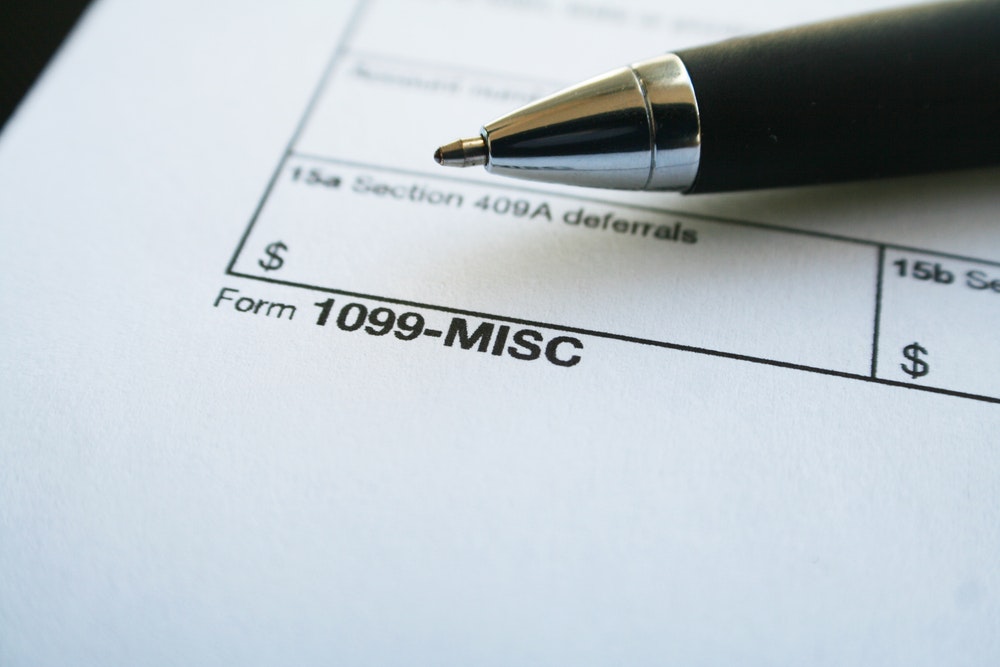
Jan 24, 2018
America’s least popular national deadline is April 15. Here’s the first in our series on how tutors can prepare well in advance of Tax Day to meet their financial obligations, maximize their deductions, and make it past April 15 without breaking a last-minute sweat.
April 15 is America’s oddly designated Tax Day. In case you don’t have a calendar handy, here’s an ominous countdown clock to remind you of the inevitable.
Like all hard-working Americans, tutors aren’t exempt from filing their taxes. Unlike most working Americans, however, freelance tutors are part of the 10 percent who are self-employed. That means you’re your own boss and your own accountant (unless, of course, you outsource that to a tax professional).
For those new to the less exciting aspect of freelance tutoring, and those who would like a refresher course, this is the first in a series of articles to guide you through the whole taxing process.
(Yes, that was a double entendre!)
This is the easy part.
If you’re actively running your own tutoring business, and not working for an agency or other employer, you’re self-employed. That’s true even if you have a full-time day job.
In the eyes of the Internal Revenue Service, being self-employed classifies you as a 1099 independent contractor. Form 1099 is distinct from the W-2 form employees are accustomed to receiving from their place of work.
As an independent contractor, that means no one is withholding taxes or making deductions on your behalf. That’s your responsibility.
OK, now for the harder parts.
Because no one is taking money out of your earnings, it’s wise to set aside a portion of each paycheck for potential tax liabilities. The rule-of-thumb for independent contractors is reserving between 25 – 30 percent of each paycheck. It’s also a good idea to consider having a separate bank account for that cash reserve.
Setting aside a good chunk of each paycheck is good practice even if you have enough to meet estimated taxes. As a freelance tutor subject to the ups and downs of running your own business, savings can come in handy if you encounter a dry spell or emergency. We have more tips here for generally managing your freelance budget.
Important note: independent contractors don’t benefit from employer-sponsored health insurance. For freelance tutors with no full-time employer, it’s worth checking out health care options available to you (via the federal Marketplace) and setting aside enough of your earnings to pay for it.
Independent contractors can write off business expenses, so it’s really important to keep records and receipts for anything you spend toward your tutoring business. This includes materials, marketing costs, work-related cell phone and internet bills, and everything in between.
Stay tuned for our upcoming post dedicated to tutors’ eligible deductions for more information.
In certain situations, independent contractors may need to collect and submit 1099-MISC forms from clients.
If your client is a business entity, like an agency or school, and you’ve collected more than $600 from them in a calendar year, you’ll need to keep the 1099-MISC handy.
But if your client is an individual student or parent who pays you directly (or through Clark), the 1099-MISC requirement is waived.
Speaking to your clients in advance of any tutoring engagement is the smartest thing to do, as you’ll need to collect completed 1099-MISC forms and submit them to the IRS by January 31, 2018 (here’s more on other important tax due dates).
The IRS requires independent contractors who plan on paying more than $1,000 in taxes in a calendar year to make estimated tax payments each quarter.
That puts you on the hook for four payments, due on April 15, June 15, September 15, and January 15 (the following year). Paying on time is important, as missing a payment may incur penalty interest.
If you’re an old hand at freelance tutoring, look at your total taxes owed from the previous year to estimate how much you’re likely going to owe this tax year. The IRS won’t penalize you for using that number to estimate your quarterly payments. It’s confusing, we know. So here’s a great resource to guide you through successfully meeting your quarterly obligation.
If your total yearly earnings are less than $400, you won’t need to make any quarterly payments, but you may still be on the hook for filing an income tax return. Check out page 7 of Form 1040 to see if you meet any of the additional filing requirements.
Next in this series, we cover making the most of your deductions.
Check back or subscribe to The Syllabus so you don't miss out.
